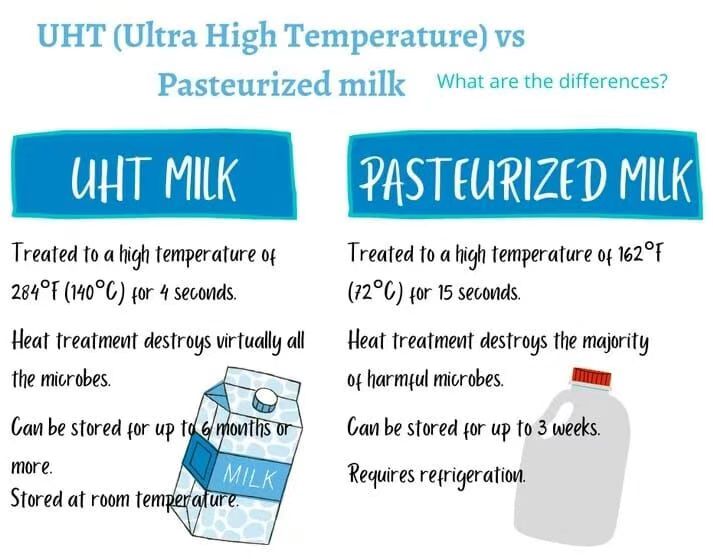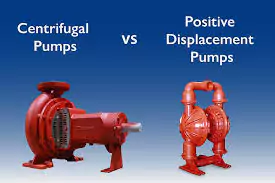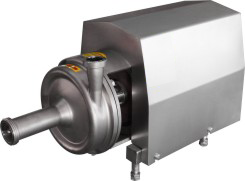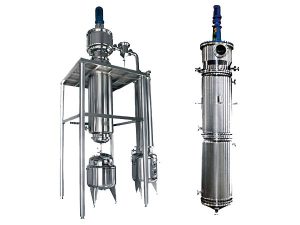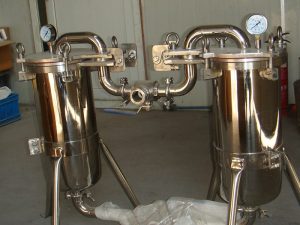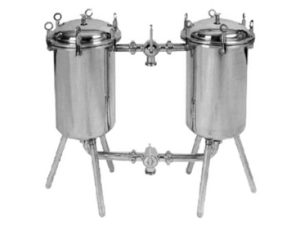In the pharmaceutical, herbal, food, and chemical industries, extraction equipment plays a vital role in transforming raw materials into valuable compounds. Among these, the Multifunctional Extraction Tank stands out as a highly efficient system that integrates soaking, heating, refluxing, circulation, essential oil separation, and solvent recovery into one compact design. Understanding its working principle not only helps optimize extraction efficiency but also ensures better quality control, energy savings, and process stability. This article provides a comprehensive explanation of how the Multifunctional Extraction Tank operates and why it is widely used across modern manufacturing lines.
Table of Contents
TogglePreparation Stage – Loading and Soaking
The extraction process begins with loading the botanical or chemical raw materials into the extraction tank and adding a suitable solvent (such as water, ethanol, or other organic solvents).
-
Purpose of soaking: Soaking softens the cell walls of the raw materials and promotes solvent penetration, which improves mass transfer during extraction.
-
Solvent choice: The solvent must have a strong affinity for the target compound while minimizing the extraction of impurities.
-
Equipment design: The tank body is often equipped with a steam jacket or heating layer, allowing precise temperature control for pre-heating or warm soaking before extraction begins.
This initial stage lays the foundation for efficient material-to-solvent interaction.
Heating and Extraction
Once soaking is complete, the solvent and material mixture is heated through steam or thermal oil in the jacket of the tank.
-
Heating method:
Most systems use steam jacket heating for uniform temperature distribution and high thermal efficiency. -
Boiling phase:
As the temperature rises, the solvent begins to boil, dissolving and releasing the active compounds from the raw materials. -
Process control:
Temperature and pressure are precisely controlled to avoid degrading heat-sensitive compounds or causing solvent loss.
During this phase, the concentration of active ingredients in the solution increases continuously, forming the base extraction liquid.
Vaporization, Condensation, and Reflux
As heating continues, the low-boiling-point components vaporize first and travel upward into the condenser.
-
The vapor is cooled and converted back into liquid form.
-
The condensed liquid flows into an oil-water separator, where the volatile oil (essential oil) and water layers are divided by density difference.
-
Depending on process requirements, the condensate may be discharged or refluxed into the extraction tank.
Reflux extraction enhances the interaction between solvent and material, shortens extraction time, and increases product concentration.
Oil-Water Separation and Solvent Recovery
For raw materials containing volatile oils or organic solvents, this stage is crucial.
-
Oil-water separation:
The separator uses the natural density difference between oil and water to form upper and lower layers. The volatile oil is collected from the upper layer, while the lower aqueous layer may be reused. -
Solvent recovery:
The system condenses and collects vaporized solvents, which can be recycled back into the process. This not only reduces operational costs but also ensures compliance with environmental and GMP standards.
This closed-loop operation makes the Multifunctional Extraction Tank both economical and environmentally friendly.
Dynamic Circulation Extraction
A unique feature of this equipment is the dynamic extraction function, which differentiates it from traditional static extraction systems.
-
Concentration gradient:
During heating, the concentration of active ingredients varies from the top to the bottom of the tank. -
Forced circulation:
A circulation pump draws the high-concentration liquid from the bottom through a filter and pumps it back to the upper section, achieving continuous mixing and extraction. -
Benefits:
-
Shorter extraction time
-
Higher yield of active ingredients
-
Uniform product quality
-
This dynamic countercurrent extraction process maximizes contact between solvent and raw material, significantly improving extraction efficiency.
Structural Design and Safety
The Multifunctional Extraction Tank is designed to meet industrial safety and hygienic standards required by modern production.
-
Material:
All parts in contact with materials are made of SUS 304 or 316L stainless steel, ensuring corrosion resistance, easy cleaning, and long service life. -
Safety design:
The slag discharge gate uses a pneumatic cylinder-driven locking system, providing tight sealing and high operational safety. -
Maintenance and monitoring:
The system includes temperature and pressure gauges, a sight glass, manholes, and a CIP cleaning spray ball for automatic in-place cleaning. -
Sealing:
Stainless steel pipelines with reliable joints prevent leakage and fatigue failure often seen in flexible metal hoses.
Every design detail contributes to consistent operation, safety, and compliance with Good Manufacturing Practice standards.
Process Versatility and Customization
One of the key advantages of a Multifunctional Extraction Tank is its adaptability to multiple extraction methods and industries.
Common applications:
-
Water or ethanol extraction – suitable for herbal and pharmaceutical industries.
-
Reflux or forced circulation extraction – used for high-efficiency plant or animal product extraction.
-
Essential oil extraction – with integrated oil-water separation.
-
Organic solvent recovery – for chemical and flavor production processes.
Customizable configurations:
-
Capacity ranges from 500 L to 5000 L or more depending on production scale.
-
Optional features include vacuum extraction, temperature-pressure control systems, and automated discharge valves.
-
The tank can be integrated with concentration, filtration, and crystallization units to form a complete extraction line.
This flexibility allows manufacturers to select configurations tailored to specific production goals and budget considerations.
Advantages of Multifunctional Extraction Technology
By integrating multiple unit operations into one piece of equipment, the Multifunctional Extraction Tank delivers several clear advantages:
-
High extraction efficiency — maximized compound recovery in shorter time.
-
Reduced solvent consumption — thanks to dynamic circulation and recovery.
-
Consistent product quality — uniform concentration and temperature distribution.
-
Energy saving — efficient heat exchange and closed-loop recovery.
-
Compact footprint — integrates multiple processes in one system.
-
Easy cleaning and maintenance — CIP system and sanitary design.
-
Compliance with GMP — suitable for pharmaceutical, plant extract, and food applications.
These benefits make it one of the most widely adopted extraction technologies in modern processing plants.
Conclusion
The Multifunctional Extraction Tank represents a fusion of traditional extraction science and modern process engineering. By combining soaking, heating, condensation, dynamic circulation, oil-water separation, and solvent recovery into a single automated system, it delivers higher efficiency, better product yield, and sustainable operation.
When selecting an extraction system, companies should evaluate key factors such as:
-
Tank material (SUS 304/316L)
-
Heating method (steam or thermal oil)
-
Circulation and reflux system
-
Solvent recovery capacity
-
Oil-water separator design
-
GMP and safety compliance
A properly configured Multifunctional Extraction Tank ensures optimized productivity, consistent extract quality, and long-term operational reliability — making it an ideal solution for modern herbal, pharmaceutical, and food ingredient production lines. Contact Us or Visit our Web to get more details.

